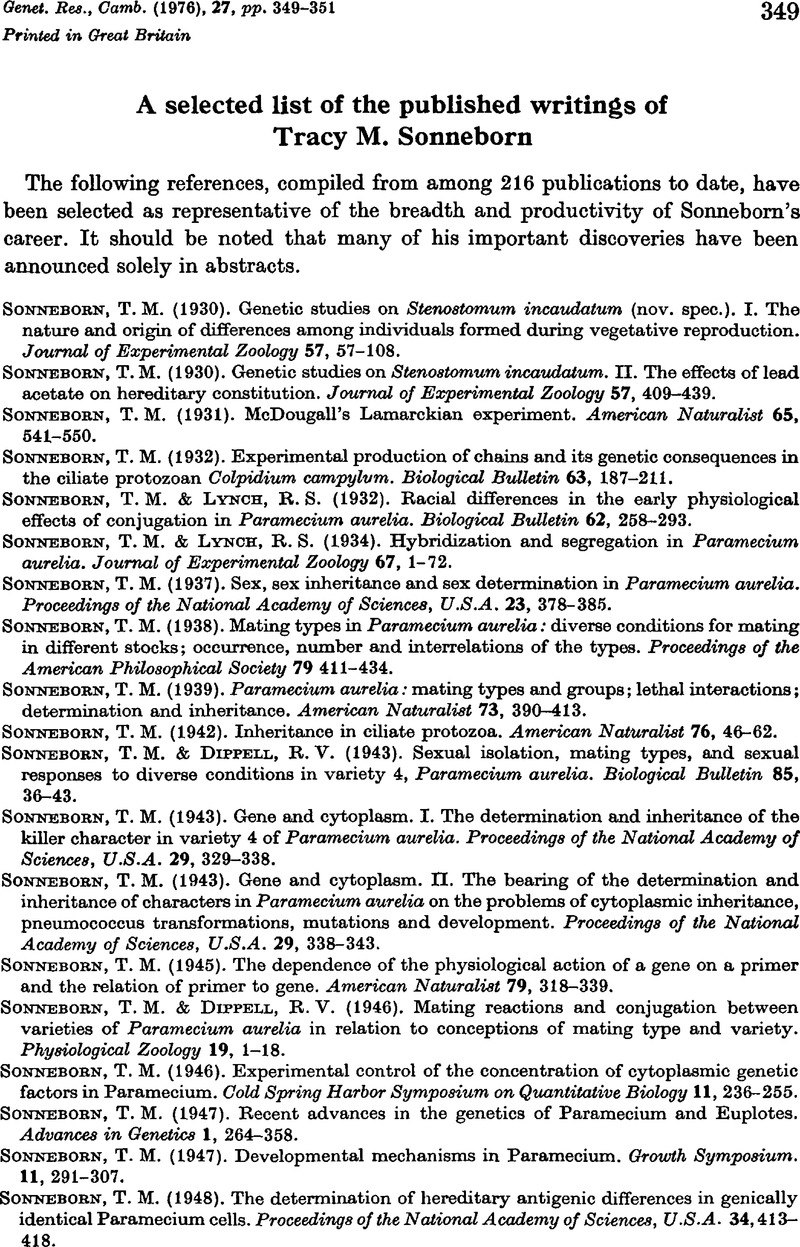Sonneborn, T. M. (
1974). Ciliate morphogenesis and its bearing on general cellular morphogenesis.
Actualités Protozoologiques, vol.
i (ed. by
De Puytorac, P. and
Grain, J.), pp.
337–
355. Résumé des discussions des tables rondes du
4th Congress International de Protozoologie,
Clermont-Ferrand, France, 1973.
Google Scholar 